Find the right coffee flavor from the treatment method
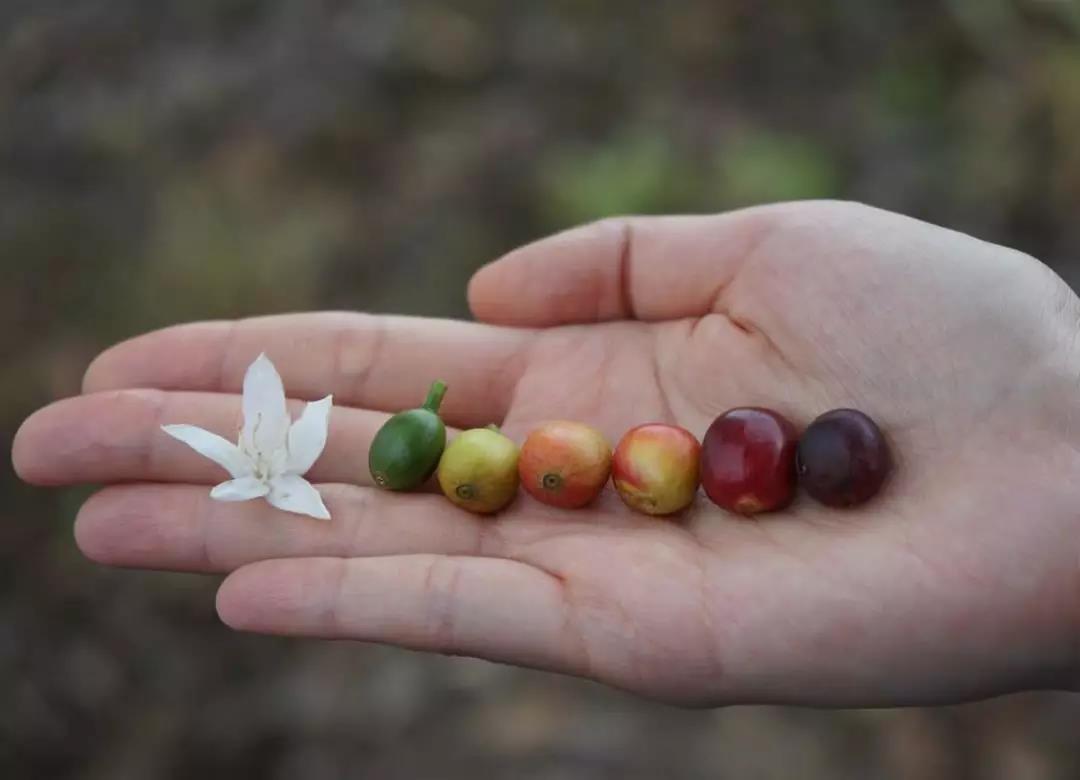
For the harvest of fresh coffee fruit, take Yunnan as an example, three batches of harvest time:
Early ripening fruit from the end of October to the middle of December, with less yield.
The period from mid to late December to the end of January is the concentrated ripening period of coffee fruit, and the overall quality of this batch of coffee is the best.
Most of the remaining fruits in February are diseased fruits, and the yield is very small.
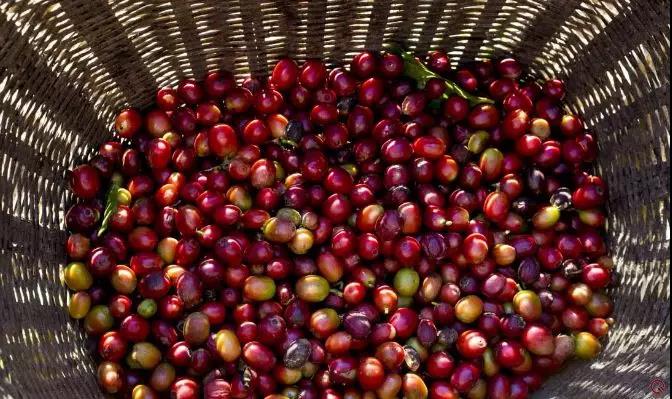
Coffee fruit is harvested one by one, do not pick the ear, do not pull off the stalk behind the fruit (stalk)
Pick all red fruit, not green fruit or semi-red fruit.
Shade should be taken after fruit harvest to prevent sun exposure.
On the same day, the fresh fruit was harvested and processed within 8 hours. when it could not be processed on the same day, the fruit was poured into the fruit storage tank and soaked in clean water to achieve the role of preservation.
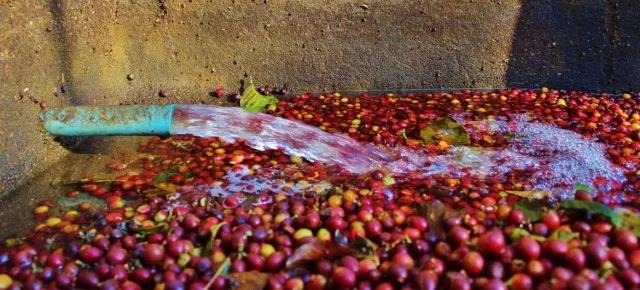
Generally speaking, there are three ways to change from a coffee fruit to a raw coffee bean:
Traditional method of tanning
Traditional washing method
The treatment between sun exposure and water washing: honey treatment
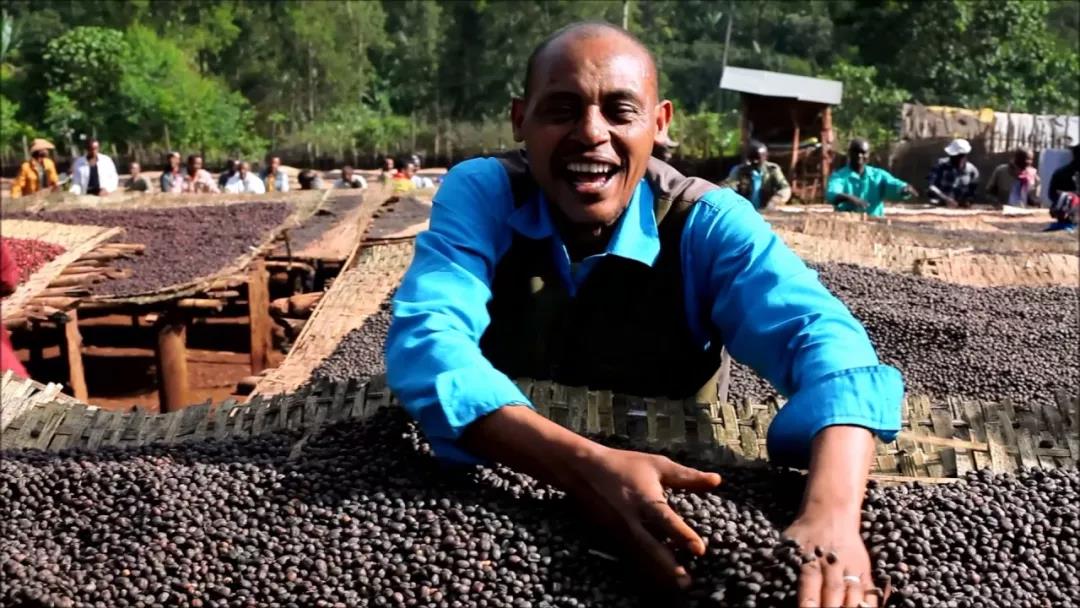
For example: Yega Xuefei, sun Yega and water-washed Yega are the most common, because the treatment is different, so the beans look different.
The difference between sunburn and washing the appearance of coffee beans
Observe from silver skin
In the process of processing, the refined washing method usually removes the silver skin from the coffee beans, showing a special luster, but the dry and refined method (sun-drying method) only takes off the coffee shell, and the silver skin is still intact.
The difference between raw beans: generally washed raw beans are turquoise, while sun-washed raw beans are yellowish green.
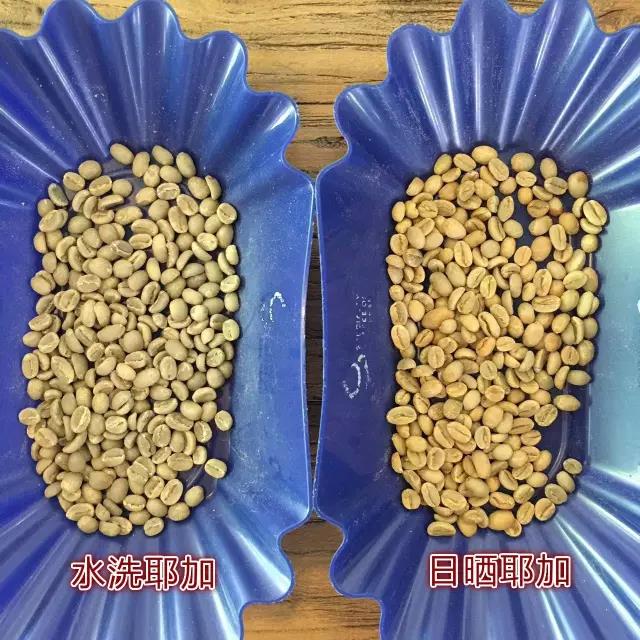
If we roast and heat the coffee beans, the coffee beans processed by drying will peel off a lot of silver, while the coffee beans processed by washing will be much less.
Cooked beans: there is more silver skin washed in water and less in the sun.
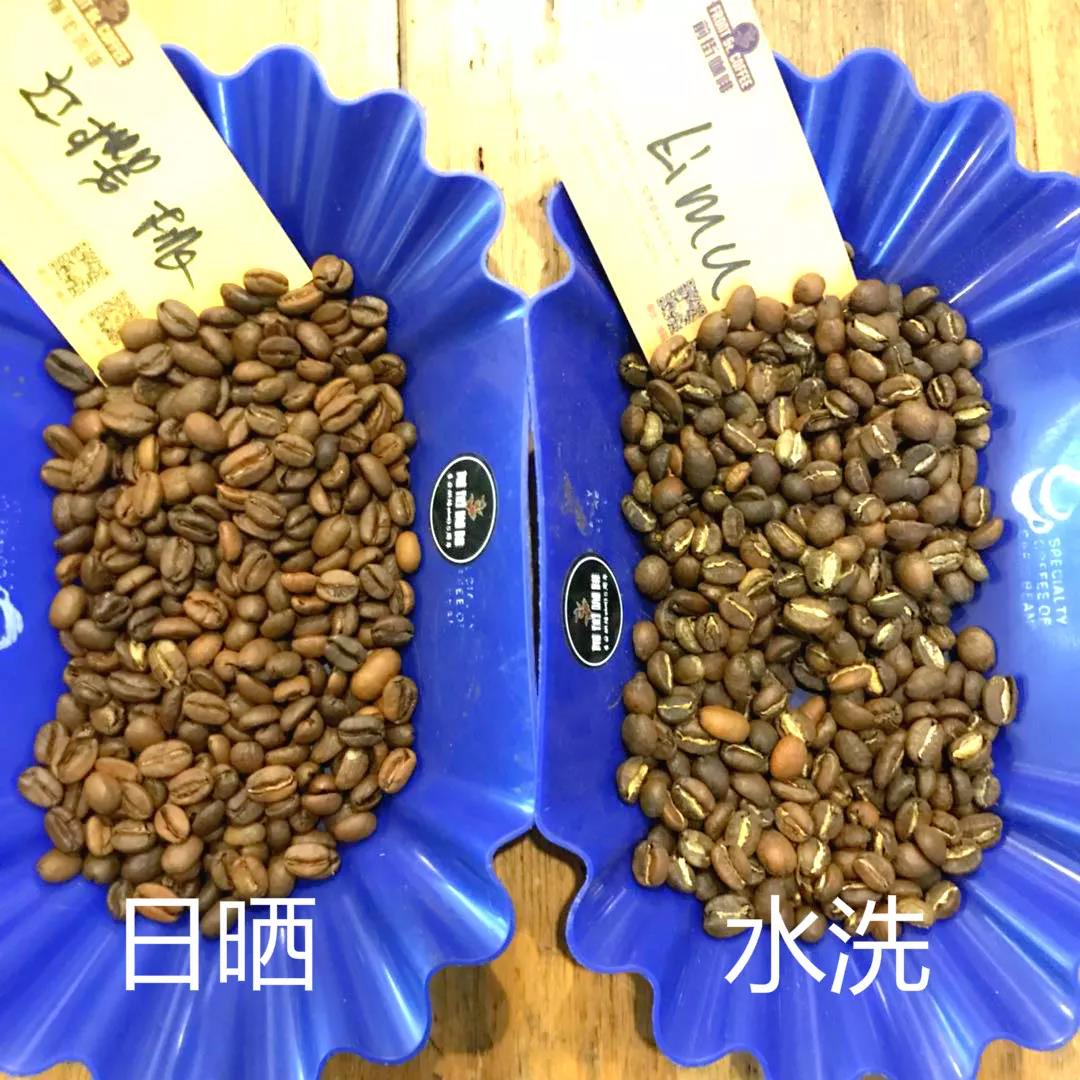
Generally speaking, there are three ways to change from a coffee fruit to a raw coffee bean:
The process of sun treatment is to directly expose the whole coffee fruit, and the process: selecting beans, → drying, → shelling, → screening and grading.
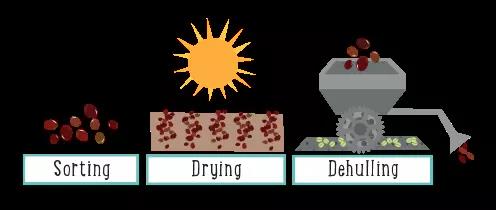
More mature beans can be used in the sun (it takes 4 weeks), but the risk is greater, it is easy to return to the tide, the sun needs to smooth all the beans and let them dry, and the sun needs to turn every 2 hours and record it. In case of rain, harvest beans immediately.
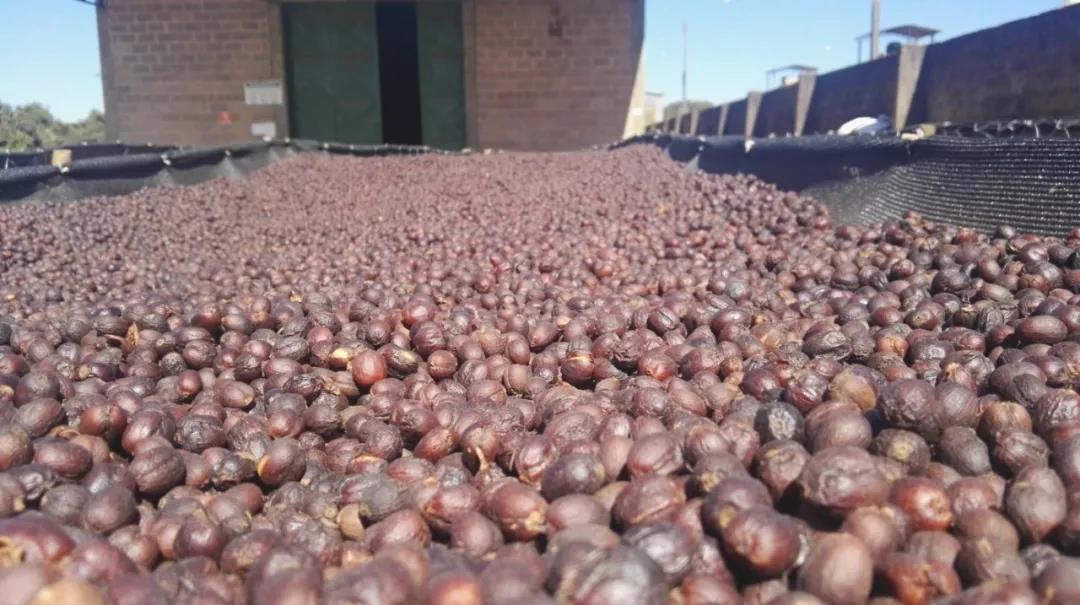
Washing treatment is to remove peel, pulp, pectin, etc., after fermentation in the flume, and then drying; washing process: selecting bean → peeling → tank fermentation → washing bean → drying → peeling → selection and classification.

Peeling machine peeling:
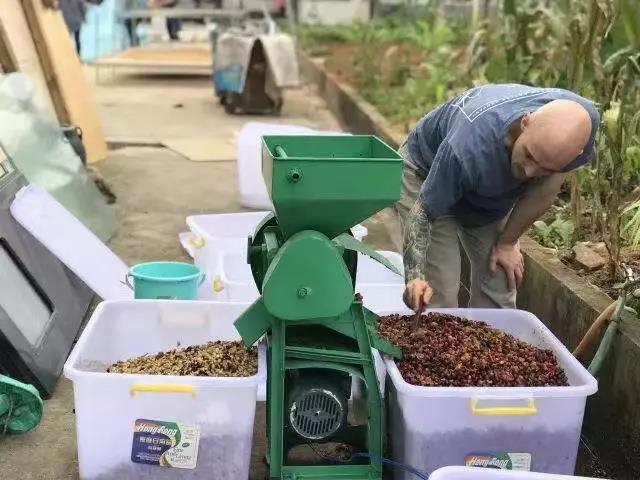
It is very important to grasp the timing of fermentation to ensure that the coffee beans are fermented properly and that the washing fermentation is to submerge the coffee beans and stop the natural fermentation.
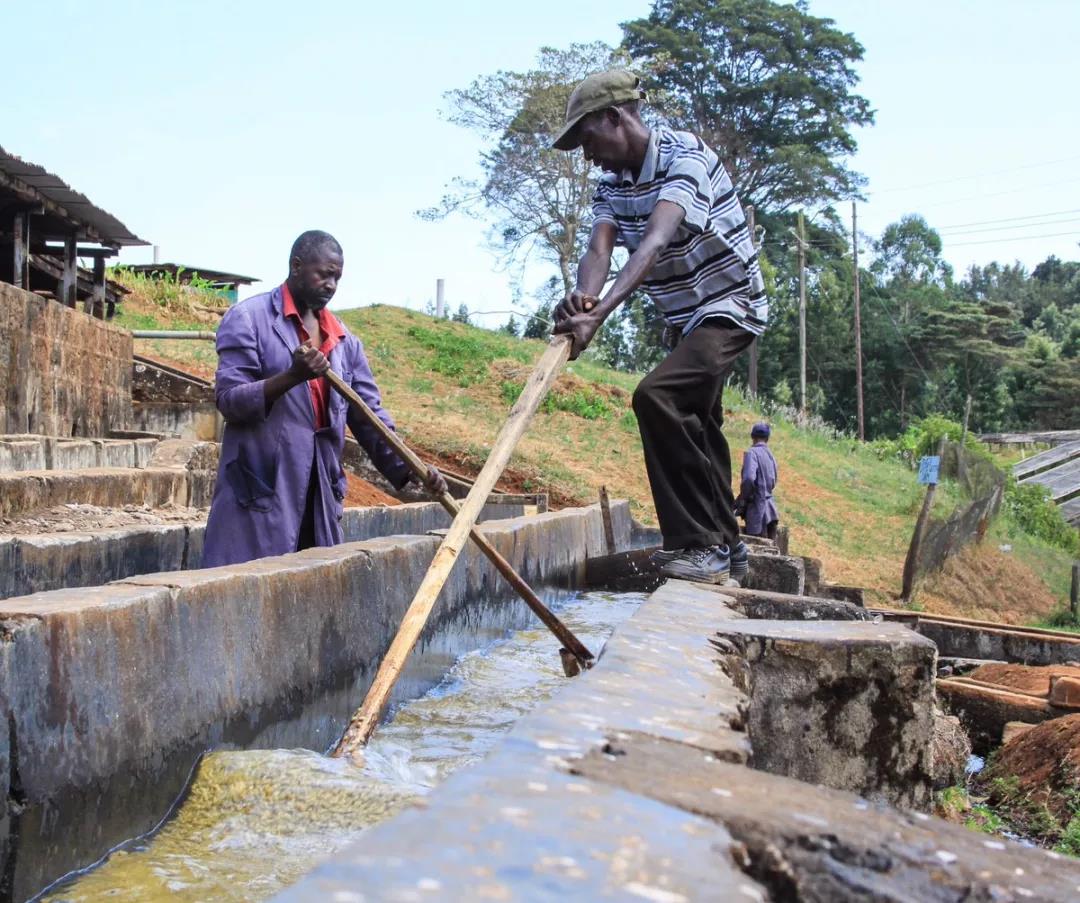
Wet fermentation:
Do not add too much water, about 5 cm higher than bean noodles.
The speed of fermentation is affected by air temperature. it usually takes 24 hours to ferment. If the temperature is high, the fermentation is fast.
Take out the unplump beans floating on the top.
Clearly visible, it proves that the coffee beans are almost ready to ferment. At this time, the coffee can be washed, make sure that only clean water is used at this time, and then dry the coffee evenly.
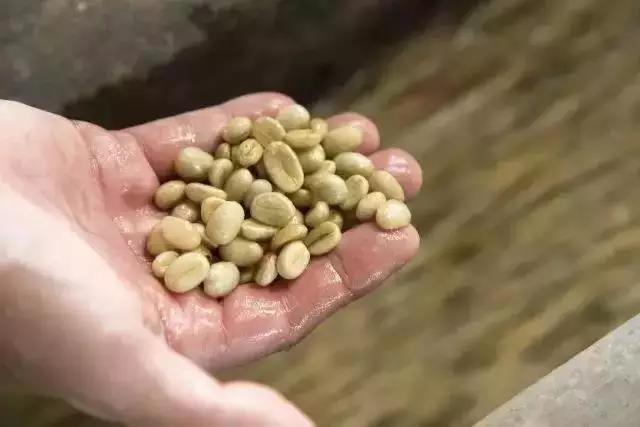
Drying: after the washed shelled beans are drained, the water content is 52%, 53%, and the moisture content of the beans must be reduced to 10% 12%.
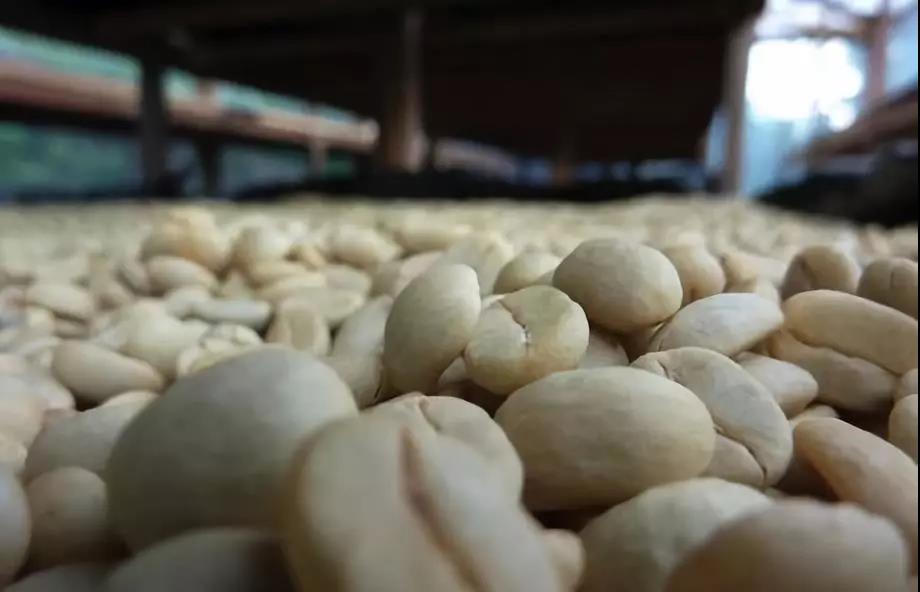
Drying thickness: generally not more than 5 cm
Table of appearance and moisture content of coffee beans at different stages of drying (refer to Institute of Agricultural Sciences)
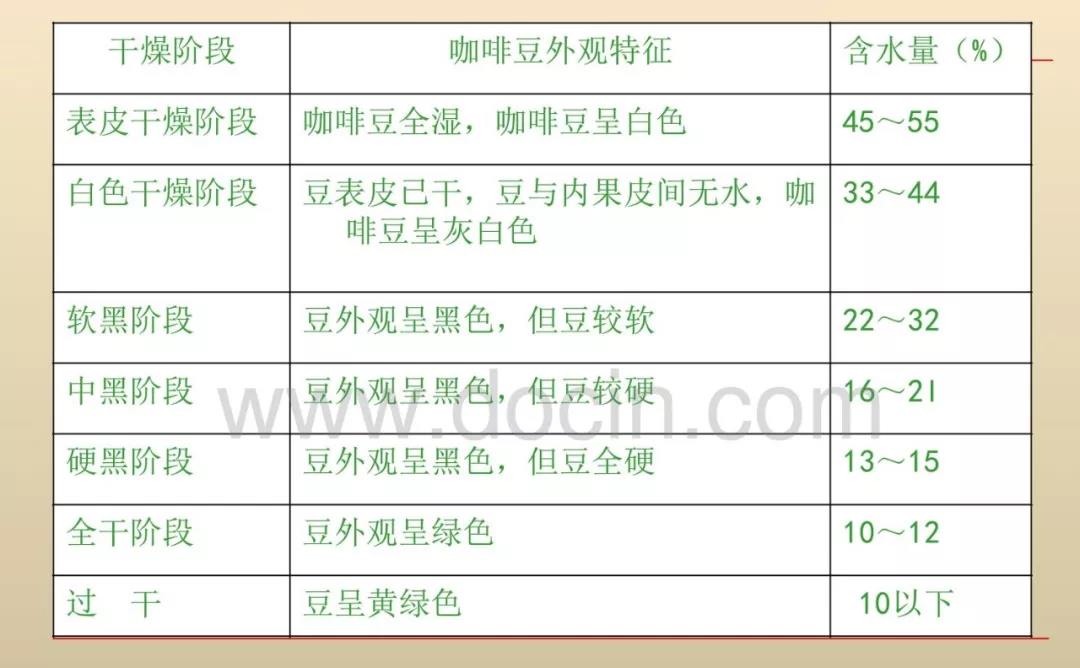
Store the dried coffee beans with shells, which should not be stored for more than 6 months. The air humidity is 50-63%. The humidity is ideally below 20 degrees. Dry, ventilated, and finally wear off the sheep skin before the exit.
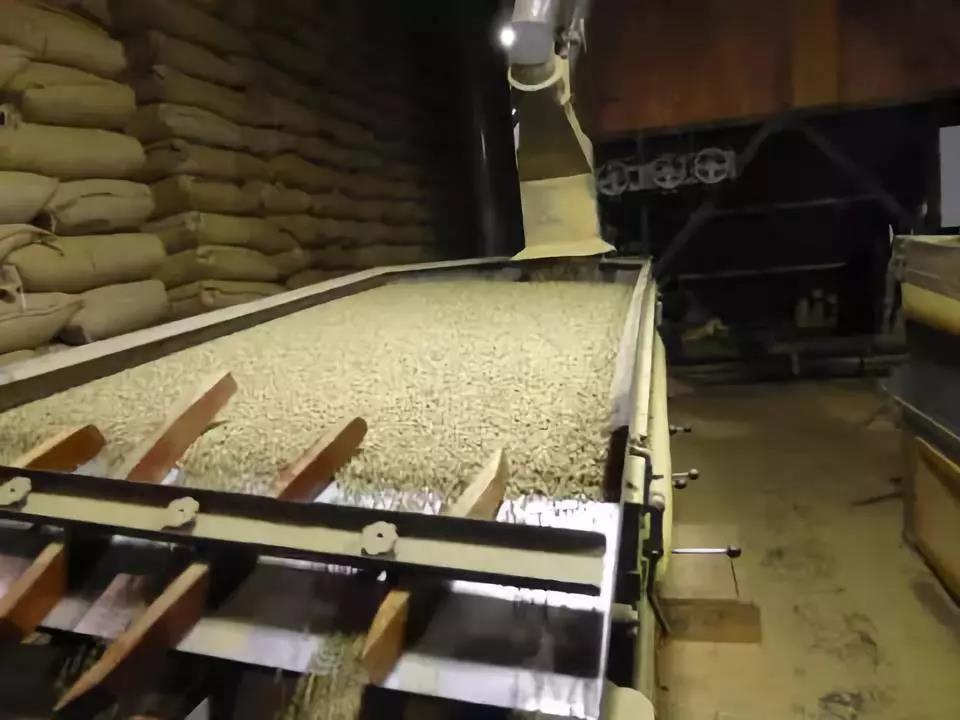
Honey treatment, honey treatment is the method of peeling off the pulp and drying the fruit with endocarp. Honey treatment process: the raw bean is made by sun drying with mucous membrane, and the honey treatment will be dried with a shelter.
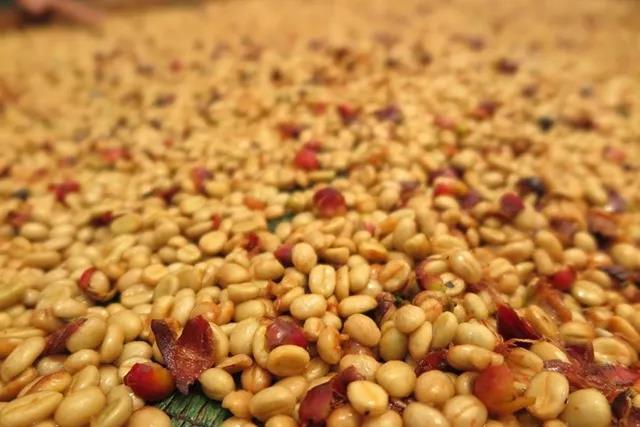
Honey treatment process: selecting bean → to remove pulp → with pectin drying → shelling → selection and classification.
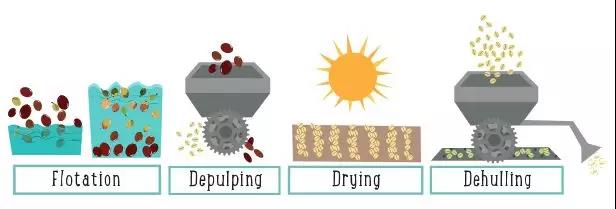
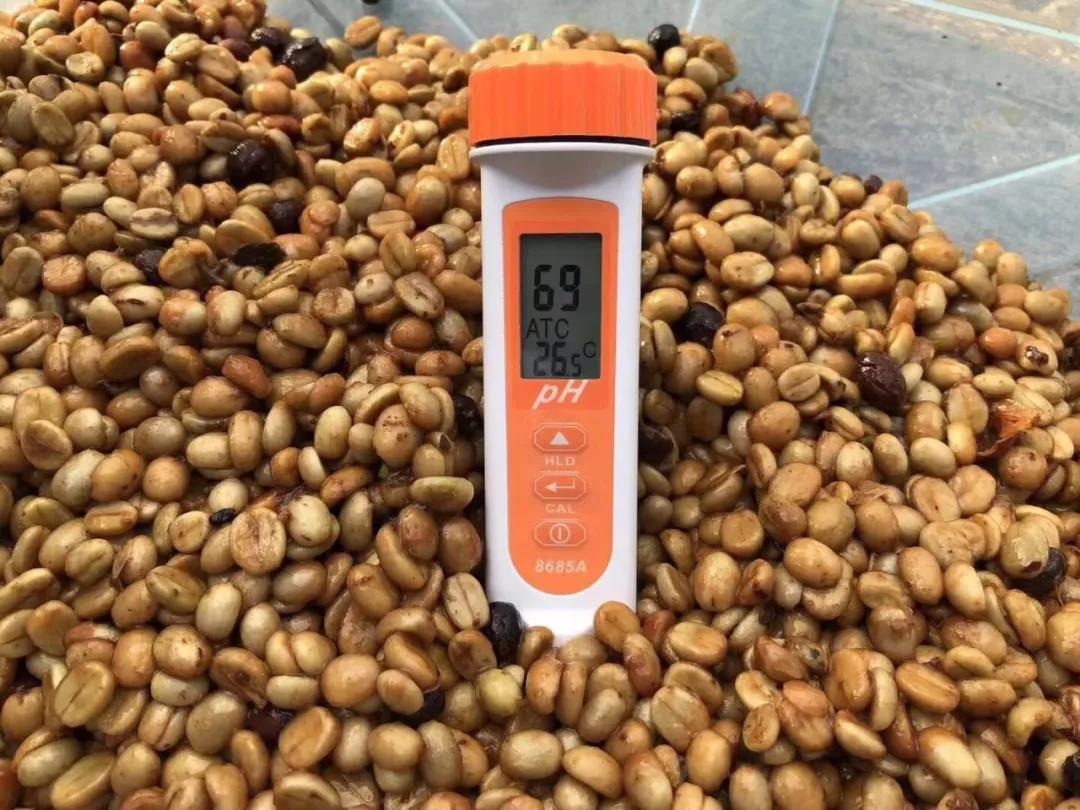
Finally, let's summarize the characteristics of various ways of handling raw beans:
Acidity: washing > half washing > half sun > honey treatment > wet planing > solarization.
Sweetness: sun > honey treatment > half-sun > half-washing > washing > wet planing.
Production risk: wet planing / solarization > washing / honey treatment > semi-washing
Equipment cost: washing / half washing > half sun > honey treatment / wet planing > solarization
The amount of water used: washing > half washing > half sun > honey treatment / wet planing method
As a coffee novice, you also need to know the raw bean treatment, order a cup of coffee, and judge your own taste from the treatment. among the four treatments, the acidity of washing is the highest, the sweetness and layering of the sun method are better, and the honey treatment law is between the two, and the wet planing method is bitter.
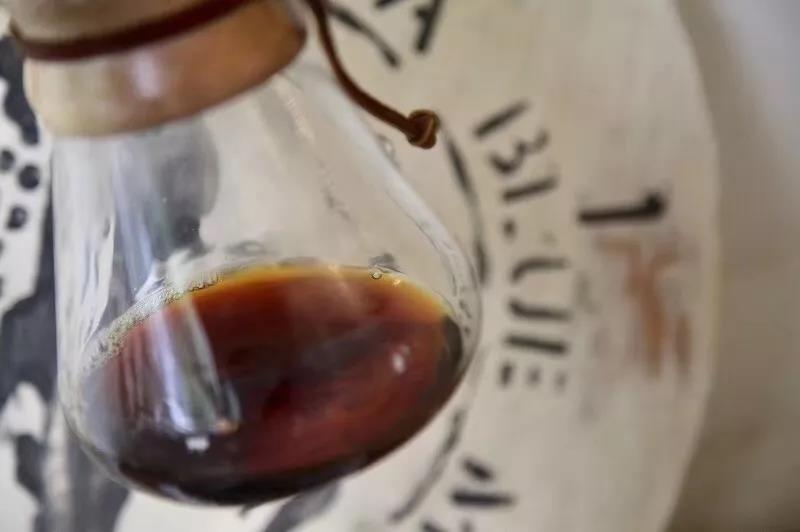
Important Notice :
前街咖啡 FrontStreet Coffee has moved to new addredd:
FrontStreet Coffee Address: 315,Donghua East Road,GuangZhou
Tel:020 38364473
- Prev
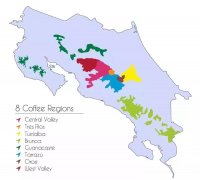
What's the difference between red wine tanning Kaddura and sunbathing Kadura?
There are many producing areas in Costa Rica, and even beans from the same producing area will have different flavors. The same Costa Rican coffee producing area: the western valley, which is one of the eight major producing areas in Costa Rica [coffee producing areas | introduction to Costa Rica's eight major coffee producing areas and honey treatment]. The harvest period in the western valley is from November to mid-March of the following year. It's a long harvest.
- Next

What's the difference between coffee from the Red Cherry Project and coffee beans from the non-Red Cherry Project?
There are mainly eight major producing areas of Ethiopian coffee, namely: Lekempti, Limu, Illubabor, Djimmah, Harar, Teppi/Bebeka, Sidamo, Yirgacheffe. Yega Xuefei is a small town in Ethiopia, 1700-2100 meters above sea level. It is one of the highest coffee producing areas in the world. It is also a boutique coffee in Ethiopia.
Related
- Beginners will see the "Coffee pull flower" guide!
- What is the difference between ice blog purified milk and ordinary milk coffee?
- Why is the Philippines the largest producer of crops in Liberia?
- For coffee extraction, should the fine powder be retained?
- How does extracted espresso fill pressed powder? How much strength does it take to press the powder?
- How to make jasmine cold extract coffee? Is the jasmine + latte good?
- Will this little toy really make the coffee taste better? How does Lily Drip affect coffee extraction?
- Will the action of slapping the filter cup also affect coffee extraction?
- What's the difference between powder-to-water ratio and powder-to-liquid ratio?
- What is the Ethiopian local species? What does it have to do with Heirloom native species?

